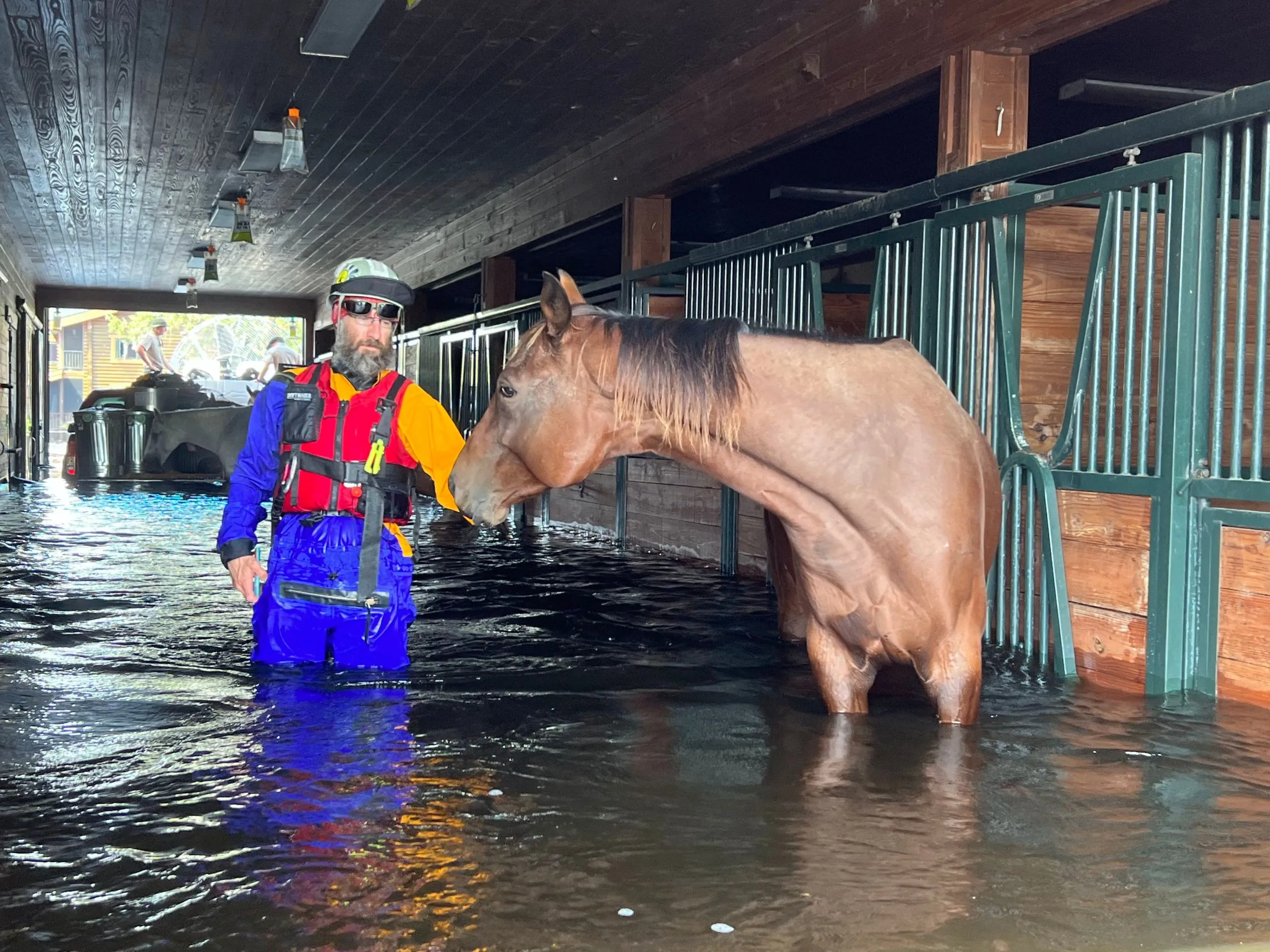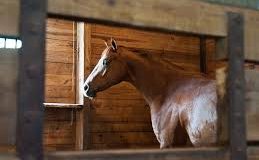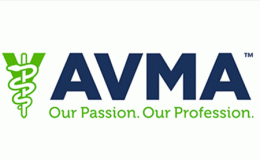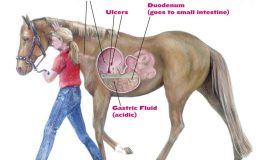Kickstarting a Hurricane Awareness Program Can Save Lives
- By : Ruben Matthews
- Category : Practices and Methods

As summer reaches its peak, pet owners around the Gulf of Mexico are beginning to anticipate the most stressful time of the year: hurricane season. While individuals prepare their homes and emergency kits for natural disasters, it can be easy to overlook pet preparation. However, pets should receive a similar amount of attention in the approach to hurricane season; animals are often separated from their parents in the worst natural disasters. As a result, many pets are lost or killed in accidents.
Luckily, pet parents can prepare their animals for the worst with just a few simple steps. Incorporating these steps into your current plan is fast and easy. If you work at a veterinary facility in the hurricane belt, be sure to talk to your clients about hurricane preparedness and how they should anticipate the approaching season.
Purchase or prepare a crate or kennel. When severe weather warnings go into effect, put your animal in his crate or kennel. This will ensure you know where they are at all times for the duration of the storm. If your pet is small, consider purchasing a sturdy carrier in the event of evacuation.
Look for nearby housing options in case you need to evacuate your home. Find nearby boarders and ask about their hurricane policies. Prepare a list of local shelters, boarding facilities, and clinics able to shelter animals in emergencies. Additionally, ensure your pet is up-to-date on vaccinations, which are often required for boarding.
Ensure your pet has identification. If your pet is not yet microchipped, get it done immediately. This is the best way to ensure lost animals are returned to their owners. If you own a dog, get a name tag and list your address on the backside.
Have a “Go Bag” for your pet. If you have to evacuate with your pet, bring along his favorite toy or blanket. This will help to alleviate stress during the emergency.



No Comments